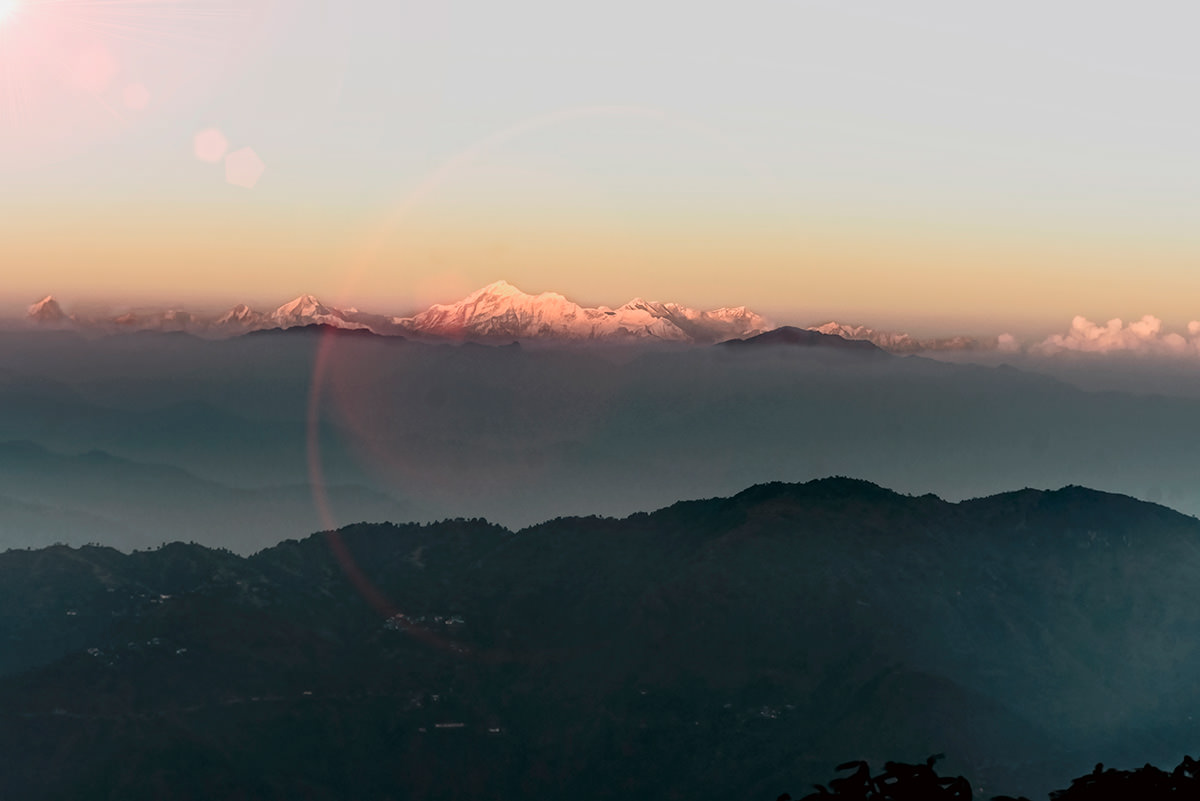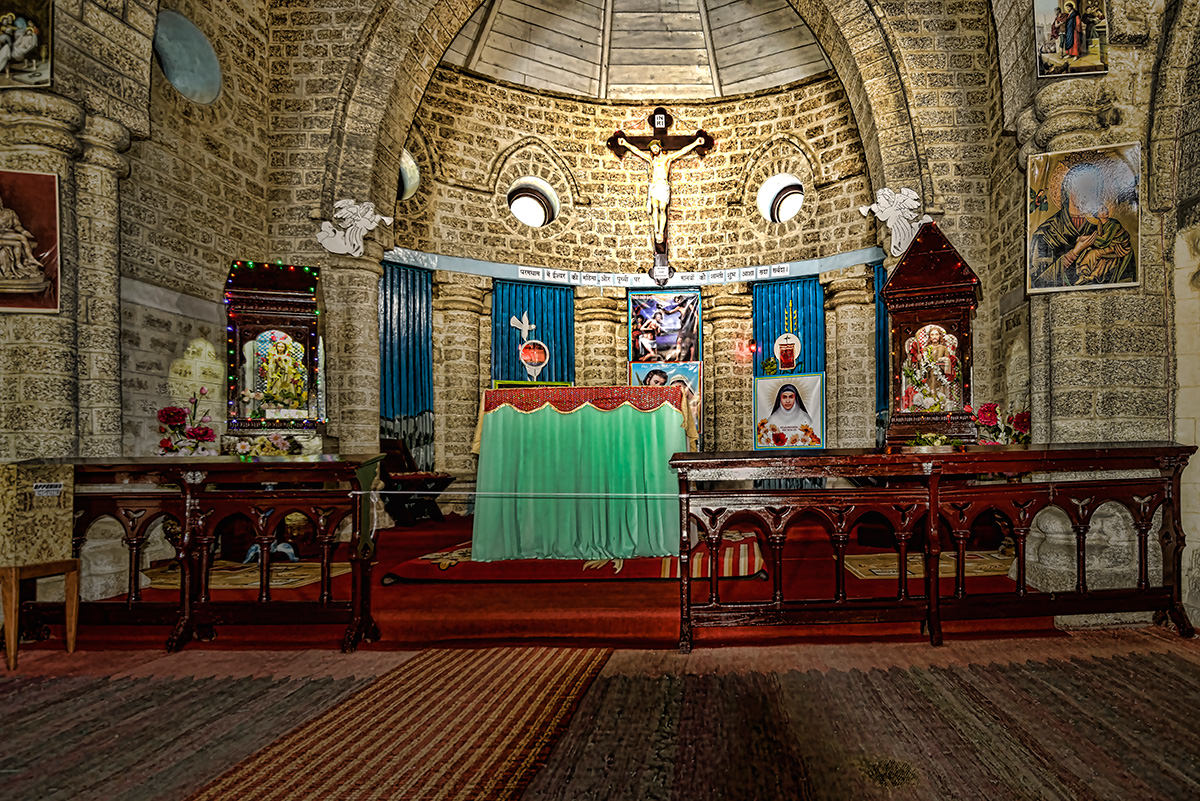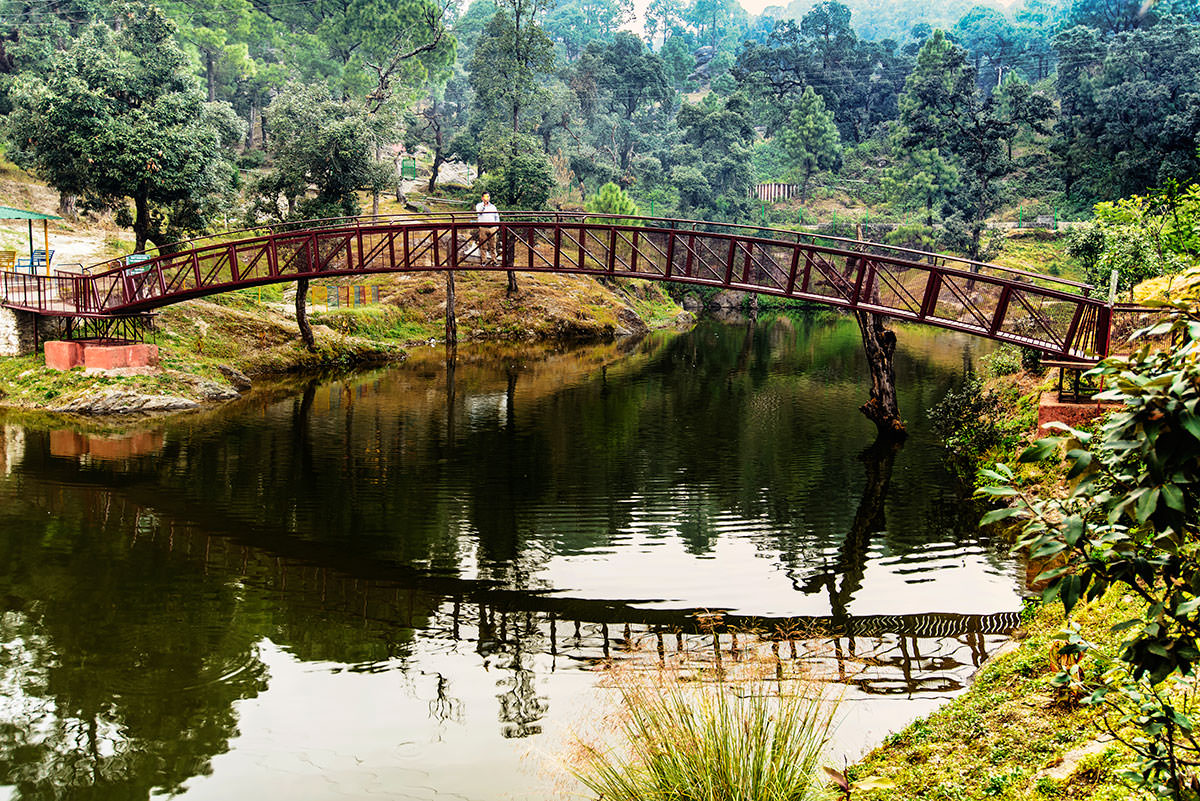As Army cantonment towns go, Lansdowne is a small city, almost a hamlet. However, for sheer beauty of the surrounding hills and the serene stillness of the cool Pine scented and Oak sheltered slopes; a prettier cantonment town will be hard to find anywhere else in India. About 130 years ago before the British Indian army marched in here, it was a quiet hamlet called “Kaludanda” or the black hills; by the hardy Garhwali folks that lived here.
Things changed in 1887 when Lord Lansdowne the 9th Viceroy of British India came to inaugurate the city that now carries his name. Lansdowne was developed by the British as the training centre of the famed Garhwal Rifles originally formed in Almora in May 1887. The first battalion of the unit moved into Lansdowne in November 1887 and has remained there ever since.

The hardy and brave Garhwalis originally joined the British Indian armies as part of the Gurkha regiments. By 1886, the courage, tenacity and valor of the Garhwalis were noticed by Lieutenant General Sir F S Roberts, the commander-in-chief of the British Indian army. He recommended the formation of a separate and exclusive regiment of these hardy hill men and the Garhwal Regiment was formed. The regiment received the official title of “Garhwal Rifles with its own regimental insignia of a Maltese Cross in 1892.
The story of Lansdowne however, is not just that of a cantonment town and of the training centre of an illustrious regiment. There is much more in those beautiful hills to attract the ordinary tourist. The main attraction is the lack of massive seasonal crowds that plague all well known North Indian hill resorts turning a quiet holiday into a nightmare. Just 250 kilometers from the capital New Delhi, an easy 5 to 6 hours drive through cities like Meerut, Bijnor and Kotduwar will bring the traveler to the foothills of the Pauri-Garhwal hills from where it takes another hour or two up winding hill roads to reach Lansdowne.

Apart from the cantonment, the parade ground and the army museum there is much more to see and savor. Nearby, there is a lookout point called variously as “Tip in Top” or “Tiffin Top” from where, looking North, one can glimpse the majestic snow-clad peaks of Nanda Devi and Trisul mountain ranges. The view of a sunrise or sunset is equally spectacular, provided of course that clouds and rolling mists do not interfere.

Two churches bear testimony to the significant Christian population during the colonial British rule, which is almost gone today. As a result, both churches fell into disuse and the St. Mary’s Church is closed except for Sunday service. Slightly lower down the hill is the St. John’s church which had a chequered history after the British left India. Abandoned, used as a library and then a warehouse, the church building was finally handed back to the Catholic Diocese of Bijnor in 1980. Since then the church remains open and services are held regularly.
–
Jayant Neogy, Senior Citizen bitten by the camera bug late in life, trying hard to catch up with a flurry of photographs on landscape, travel and street scenes
Beautiful photographs. Jayant writes beautifully about Landsdowne and makes me want to go there!
Manju, how kind!
Many thanks!